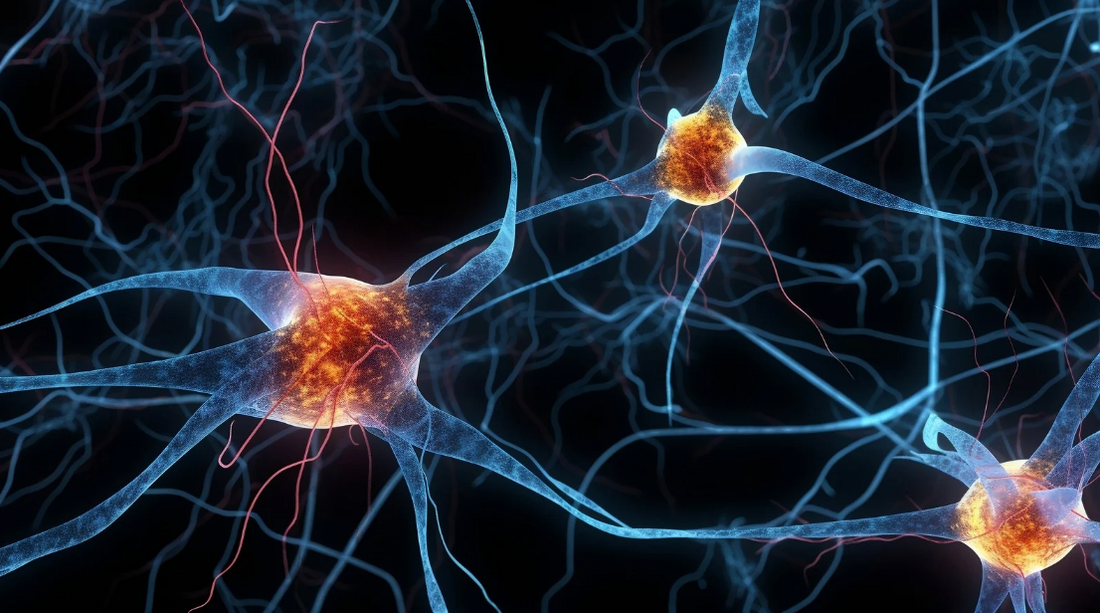
Why Do Good Ideas Pop Up While Doing a Puzzle?
Alex MasiShare
When your hands are busy and your mind is calm, your brain starts solving problems in the background. From brain waves to the Default Mode Network, this is how puzzling helps fresh ideas flow.
A couple of days ago, a very special person told me that they had read about how puzzling helps creativity crisis and solving problems when no ideas seem to flow. She is a fashion designer, so being creative is key! This got me thinking it would be great to find an answer to why an activity like puzzling works as a secret weapon for creativity and problem-solving.
Let’s dig into the brain science—don’t worry, no lab coat required.
The Brain's Default Mode Network: Your Inner Brainstormer
When you’re doing something low-pressure and repetitive—like sorting puzzle pieces—your brain shifts into what’s called the Default Mode Network (DMN). This network includes areas like the medial prefrontal cortex, posterior cingulate cortex, and parts of the parietal lobe.
The DMN gets activated when you’re not focused on the outside world—like when daydreaming, reminiscing, or letting your mind wander. And it’s strongly associated with creativity, self-reflection, and problem-solving.
Puzzling doesn’t demand heavy cognitive effort, so it frees up mental space for deeper, spontaneous thinking to bubble up—like background tabs suddenly reloading with fresh insights.
Togetherness Enter the Brain Waves: Alpha to the Rescue
Another piece of the puzzle (pun intended) involves your brain waves—especially alpha waves (8–12 Hz). These waves increase when you’re relaxed but awake, especially during non-demanding tasks like puzzling, walking, or showering.
Alpha waves are linked to reduced external sensory input and enhanced internal focus, which creates fertile ground for creative insights. Essentially, alpha waves help “tune out the noise” so your brain can reorganize thoughts and make novel connections.
A rise in alpha activity has been associated with increased creative ideation, particularly during the incubation phase of problem-solving—when you stop actively thinking and let your mind simmer.
Writing it Down Matters
Now here’s the key: capture the ideas when they come. You don’t want to stop the puzzle because that would be stopping the ideas flow but, at the same time, you also don’t want to forget about the generated ideas. The act of writing down an idea helps anchor it before your brain dives back into puzzling. It also offloads mental load, freeing your working memory to continue generating new ideas without distraction. It’s like having a net ready while fishing in a river of thoughts.
Why is Puzzling so Effective?
In short:
- It activates your Default Mode Network, your brain’s creative engine
- It increases alpha wave activity, creating the perfect mental “relax and reflect” state
- It provides just enough structure and rhythm to keep you calm, while your subconscious goes exploring
All of this sets the stage for what psychologists call the “incubation effect”—the magic that happens when you stop thinking about the problem and give your brain room to breathe.
Final Piece: Try it Yourself
The next time you find yourself grappling with a problem—whether it’s a creative challenge, an emotional dilemma, or a logistical issue—resist the urge to force a solution. Instead, take a step back and allow yourself to ponder. Keep a pen and notepad handy, and let your thoughts come together naturally. You might just discover that the pieces of your ideas will align themselves, too.
Don’t have puzzles at home, and want to avoid spending a fortune on generating ideas? Worried about where to store puzzles once you’ve resolved your issue? We’ve got you! With Let’s Puzzle, you can rent puzzles effortlessly. Allow us to help you break through creative blocks and tackle tricky problems through our simple and convenient puzzle rental process.
References
- Evidence for the default network's role in spontaneous cognition
- Default and executive network coupling supports creative idea production
- EEG alpha power and creative ideation
- Tackling creativity at its roots: Evidence for different patterns of EEG alpha activity related to convergent and divergent modes of task processing